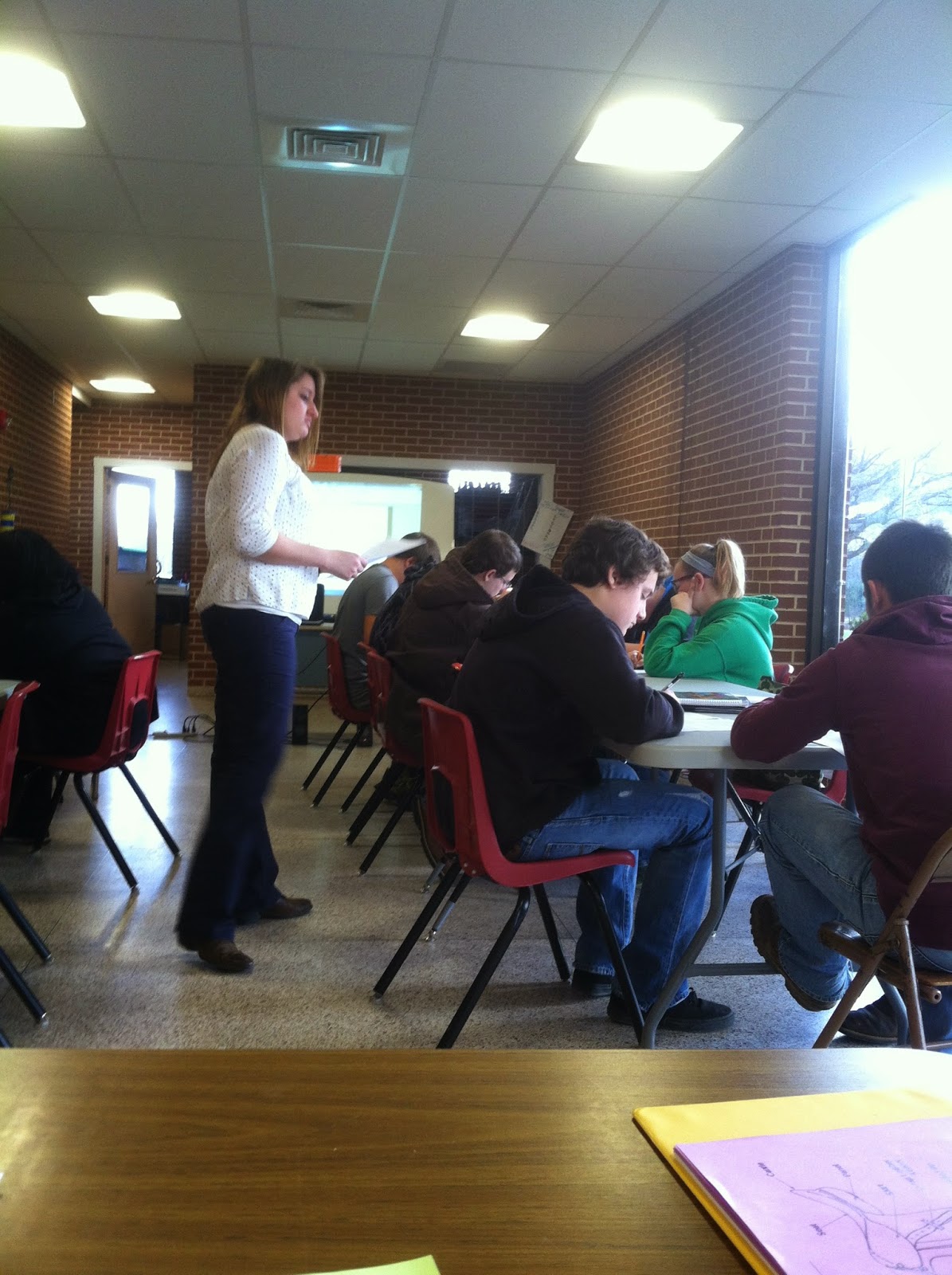It is hard to believe that the fall semester of my senior year is coming to a close and in a few short weeks, I will begin student teaching at Elizabethtown! Looking back on the semester, it has definitely been quite an adventure. I experienced many laughs, tears, struggles, rewards, and arguably most important: personal growth. Coming into the semester, I knew the workload would be crazy. I knew I would question if I truly wanted to be an agricultural educator. I also knew that I would probably have a few break downs. But there was one thing that I didn’t know…the professional, pre-service agricultural educator I would start to become.
Looking back at the last 15 weeks, I have definitely grown, developed, and matured in all aspects of my life. My parents have noticed positive changes in my from the way I dress to the way I speak to the way I present myself. I have all of my core agricultural education classes and experiences to thank for that. One of the biggest reasons for these positive changes is due to my participation in AEE 412 Methods of Teaching Agriculture lab. On the first day of lab, I remember I was so nervous and shaky to present a five minute reflective teaching lab in front of five of my fellow student teachers! By the time I carried out my final lab, the Life Knowledge lesson at my cooperating center, I wasn’t even nervous! I taught that lesson in front of my cooperating teacher too!
AEE 412 lab was a positive experience overall. Despite the use of role playing cards to simulate an actual classroom, it was hard to make the lab section feel like an actual high school classroom. I know that resources are limited and we have to work with what is available. That being said, I greatly appreciate the feedback from the lab instructor and my peers. If possible, I think it would be so much more beneficial to conduct labs in an actual classroom; micro-teaching was an awesome experience because of this! I also thought about the possibility of having high school agricultural teachers bring students to Penn State for a day and allowing student teachers to teach the students on campus as a potential lab.
As far as what I wish would have been discussed more in depth for a better understanding in lab, I would have to say I wish we discussed how to “actually teach.” We talked about many methods of teaching throughout the semester and had the opportunity to demonstrate the methods. However, we were just given an assignment for our first lab and thrown into it. I just feel that a lot of the feedback my classmates and I received would have been beneficial to hear before we began teaching in lab.
Looking back on the semester, I know that I have definitely become a more reflective learner/teacher. After classes, and especially after labs, I would pull out a notebook that I always carry with me and jot down thoughts. I found that reflecting directly after the event or experience is most beneficial for me. Writing down notes, thoughts, and ideas directly after the fact helps me process what just occurred, what went well, and what areas I need to improve. I found myself enjoying writing reflective blogs after lab. Even though I had rough time watching some of my labs through thereNow, it turned out to be very impactful when it came to reflecting upon the experience. During events that occurred later in the semester, I was always the first person to encourage and initiate reflection. I made sure the van I rode home in from National Convention reflected on the trip as well as the group I worked with during micro-teaching!
Overall, I know I will continue to incorporate reflection into my future experiences, especially during student teaching. I plan to personally reflect every day while reflecting with my cooperating teaching several times a week. Incorporating reflection into my preparation, teaching, and learning in the future will definitely make me a better educator. I will have a better understanding of what worked well for my students and myself as well as identifying areas of which to improve. Reflection will continue to help grow into a better educator and into a better individual overall. I will continue to reflect on all areas of my life: personal and professional.
No matter where life takes me in a few short months after graduation, I will never forget the important lessons from this semester, relationships I have built, and skills I have gained. This semester has been everything I imagined and then some. It is hard to believe that my time in Happy Valley is winding down but I am ready for the next part of my life. I am ready to be in front of a classroom in Elizabethtown, changing the lives of students! I’m still figuring out who I am, where I’m supposed to be, and what I’m supposed to do but after everything I have been through this semester, I can honestly say that I have a better idea.
Please watch my final lab reflection video here!:
https://www.youtube.com/watch?v=FEDGIZQfLsQ












